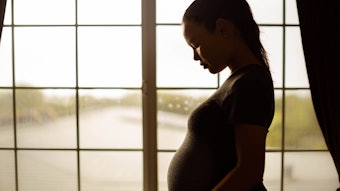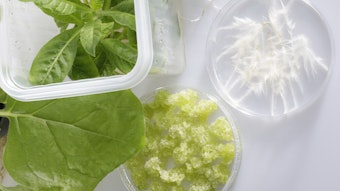
Silab has launched its Lightskin (INCI: Yeast Extract) natural active. Obtained from biotechnological processes, Lightskin is rich in sulfur-containing peptides known for their capacity to limit melanogenesis. The results are reportedly attenuated pigment defects, and lighter complexion and radiance in skin.
Sulfur-containing Peptides
As the company explains, sulfur-containing peptides are molecules known for their transversal ability to limit melanogenesis. Silab therefore selected the yeast Ogataea siamensis — whose natural capacity to produce sulfur-containing molecules supports its development in the phyllosphere of the medicinal plant Ervatamia coronaria — and enhanced this capacity to stimulate large quantities of the molecules through a process of bioguiding the yeast. This process doubled the depigmenting activity of the ingredient, the company reports.
Related: Gelita's Bioactive Collagen Peptides Receive Health Claim in Japan
In vitro and In vivo Results
In Caucasian and Asian melanocytes, Lightskin significantly limited tyrosinase activity and melanin production. This efficacy was also demonstrated in the pro-pigmenting contexts of pollution (inactivating the AhR receptor related to pollution) and glycation (inhibiting the expression of the receptor for AGEs).
Lightskin also was evaluated in volunteers selected for the presence of pigmented spots; more specifically, for their high level of AGEs (Caucasian panel) or their history of living in polluted environments (Asian panel). The results showed the active ingredient at 2.5% reduced the appearance of spots after 56 days of treatment on both panels. Uniformity of the complexion was thus improved and radiance was revived. In addition, 91% of Asian volunteers stated their complexion was more uniform and brighter, and their spots were less visible.










